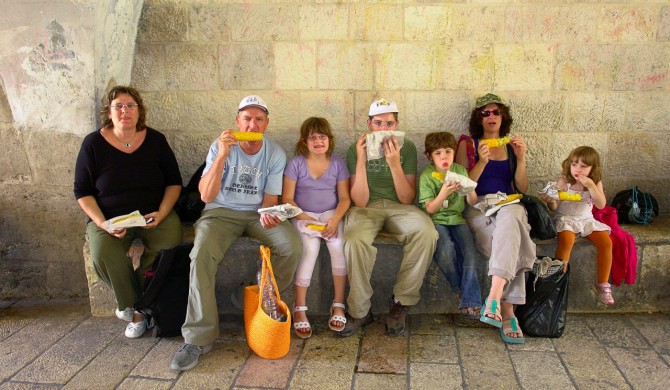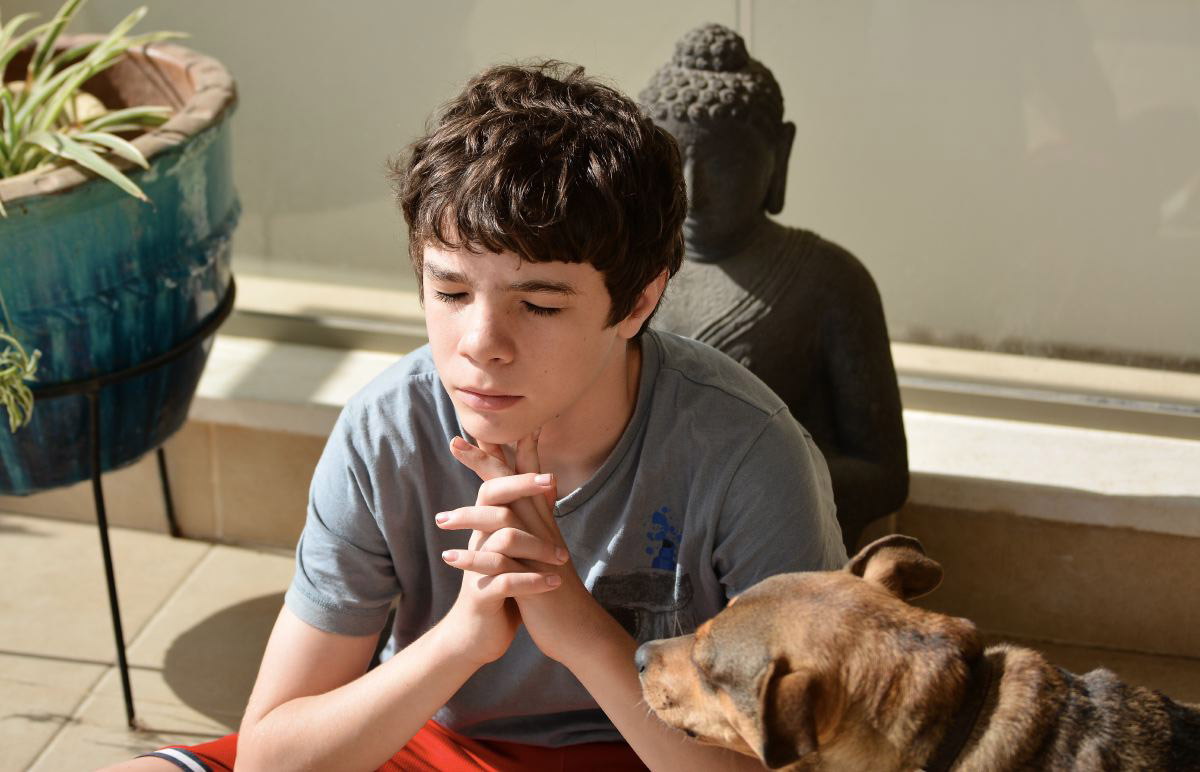
HOW TO TAKE GOOD PICTURES – CRITIQUE
The fifth and final step in my BASIC system of taking Good Pictures is Critique. It’s the ability to assess strengths and weaknesses of how well a picture tells a story. It combines all four or the other steps, so it’s probably the most difficult photographic ability to develop.
When you look at your own pictures you will remember the occasion, the sights and sounds, and what it means to you: You can’t see it objectively.
When others look at your pictures all they see are the pixels. If the picture does not tell a story, it’s a snap. If you have to explain what’s happening, it’s a snap. Good photographs, however, are interesting because they always tell their own stories.
Critique
My method to Critique consists of answering three questions:
An example will make this clear. Let’s critique this picture by a student, Ephry Eder:
Q: What’s the the story?
A: A serene day at the beach. A surfer is about to leave the water.
Q: What are its strengths and weaknesses?
A: Strengths – a clean composition with a strong silhouette focal point. Other silhouettes add interest.
Weaknesses – I don’t feel a any sense of movement, of dripping water, of the sound of wading feet – it’s too static. I feel like like a disinterested observer, so it does not hold my interest.
Q: What could I have done to improve it?
A: If the photographer was closer to the action, or had waited for the main character to come closer, I would feel more present and be drawn into the picture.
I’ve retouched the shot to give an impression of how it could have looked had this critique been applied before it was taken:
I now feel involved, as if I ‘m standing in the water and the surfer is just going to walk past me out of the shot. The picture now has more atmosphere and movement, and holds my attention.
When to practice Critique
The time to practice Critique is before you take a picture: You have to assess how to tell the story as effectively as you can in the circumstances.
The time to practice Critique is while you are taking the picture, judging if you need to be closer, further away, moving to one side to get a better background, holding the camera higher or lower, horizontal or tilted, and zooming in or out to better tell the story.
And the time to practice Critique is afterwards when you look at your shots and decide how you could have acted to tell the story more effectively.
Being articulate
Good photographers can speak about the strengths and weaknesses of their pictures, so practice doing this yourself. Talk out loud and answer the three basic questions:
What’s the Story?
What are it’s strengths and weaknesses?
What could I have done to improve it?
Remember that what you can clearly put into words, you can put clearly into your pictures.
Practicing Critique regularly will dramatically help you to take better pictures that tell effective stories.
The art of Critique is the art of Photography.
Choose your next B.A.S.I.C step to taking good pictures:
Backgrounds, Awareness, Story, Imagination, Critique




